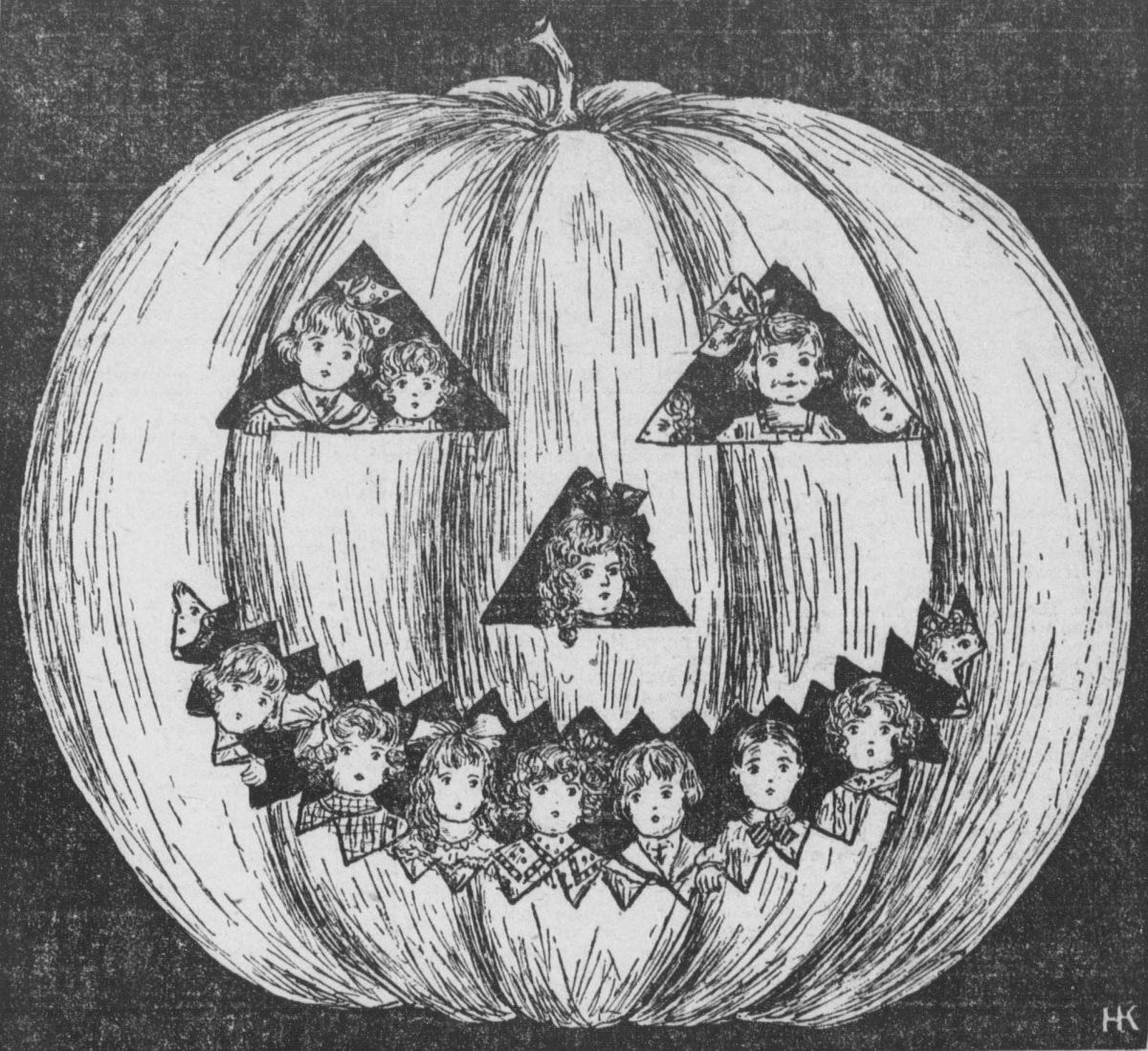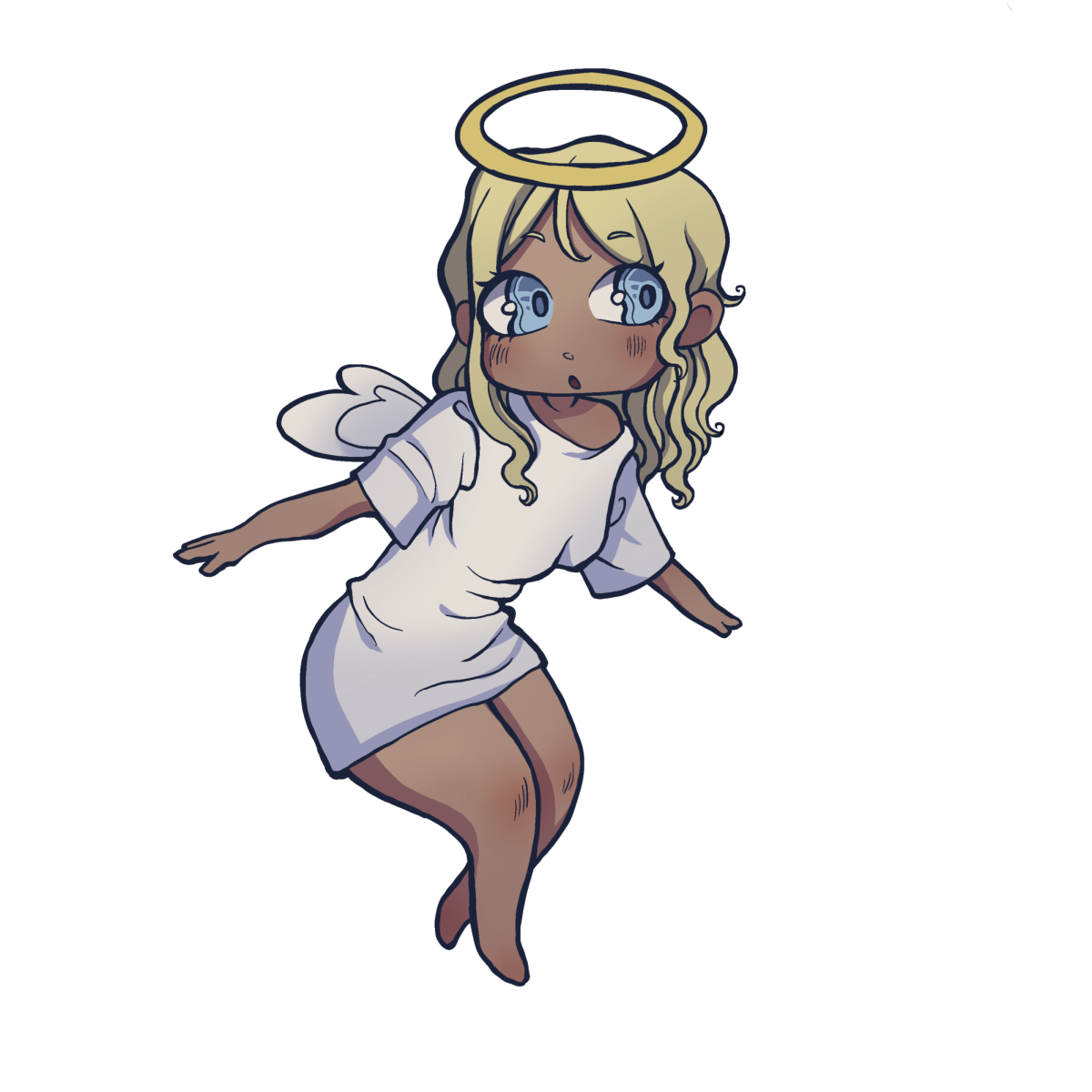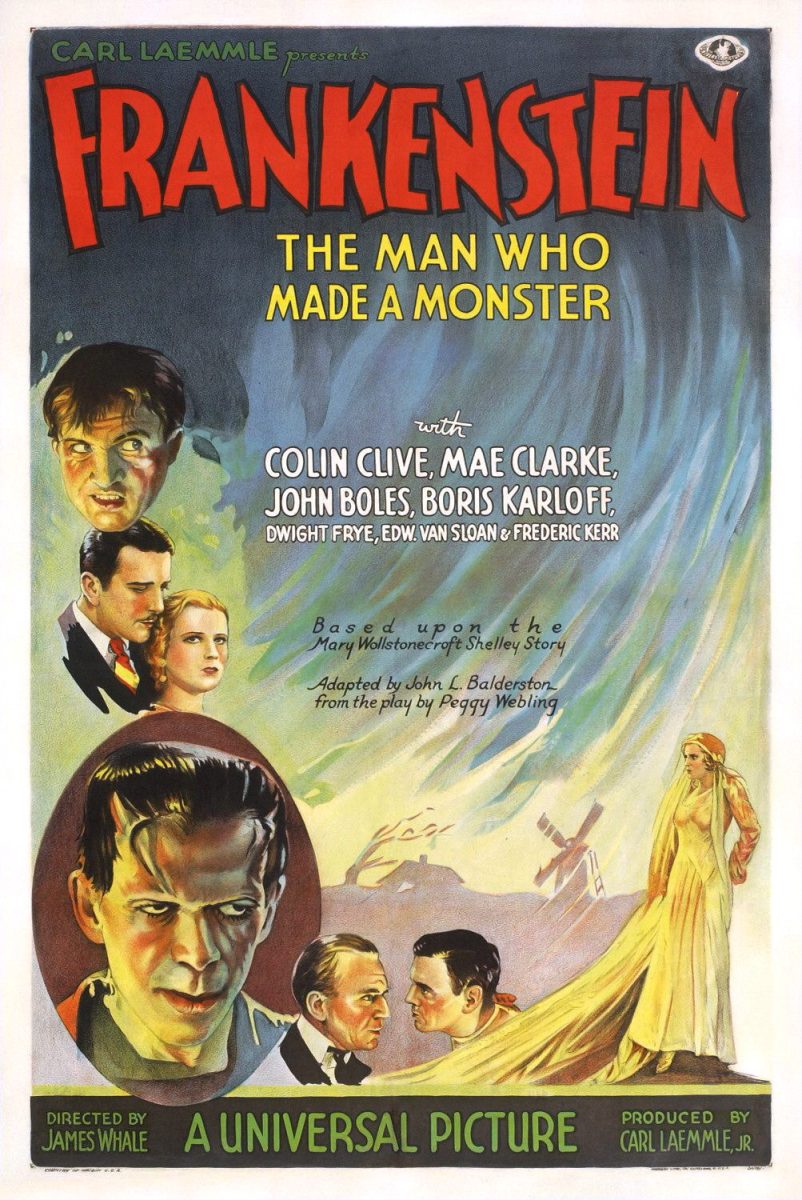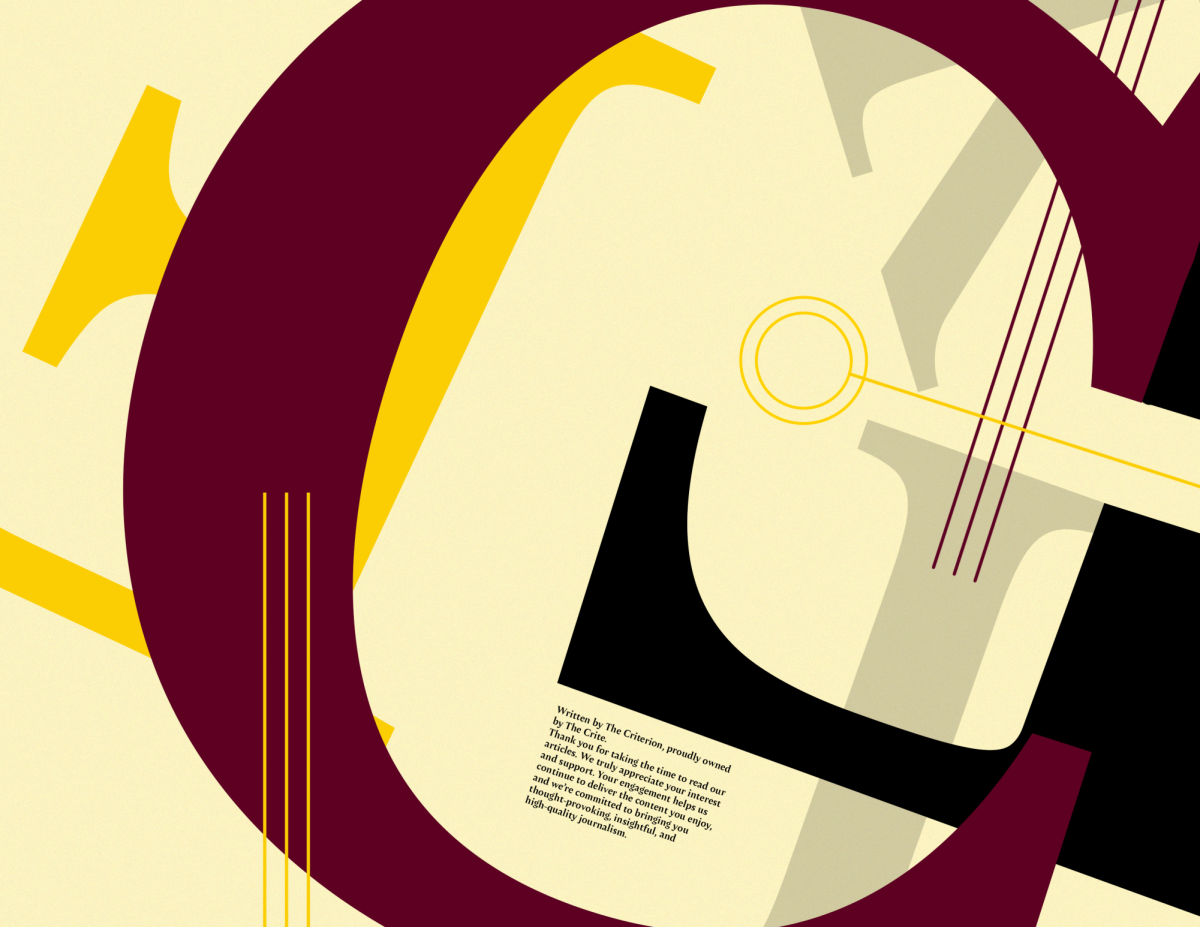Not so long ago, Colorado Mesa University students were waiting with bated breath for the long-time-coming winter break that would run for over a month, covering Christmas, New Years and Martin Luther King Junior Day. So much anticipation built up in the last few weeks of the fall semester until the break was here at last. It was here, and then it was gone.
Because of the generous four-week gap between the semesters, most students have left the productive workflow they’d developed in the fall. Therefore, some recalibrating for part two of the school year is in order.
First off, there are important actions that students should have already taken, such as letting the idea of a spectacular, mind-blowing break go as soon as Christmas ended. Christmas is what this break is primarily for, so once that main holiday had passed, the best thing to do would have been to accept that at least three-quarters of the break’s purpose had passed as well.
In addition to that, any further plans, hobbies, and activities that anyone had planned should have been planned in such a manner that they could wrap up at the end of the break. Are you planning on drawing a lot over break? Make sure that last piece of art finishes up at the right time so that you’re not starting something new.
Of course, this takes precision, and many times, it’s a kind of precision that we just don’t have. Either way, it’s too late to do much about the planning stage now, seeing as how break’s over, so students must now take further steps to force their attention back to school work in a briefly painful and uncomfortable way.
A common condition of the start of a semester is mind-wandering, a condition in which the student’s or professor’s mind inevitably gets sucked back into something exciting that happened over break, or some hobby that they would like to continue. If you find yourself in this predicament, it’s best to think of the money you’re spending to attend CMU; the money that would be wasted if you let these distractions get the best of you. It’s like a silent, terrifying, imaginary coach.
[media-credit id=89 align=”alignleft” width=”300″] [/media-credit]
[/media-credit]
Similar but not quite the same is the motivational slump, often caused by extended periods of time of doing nothing productive. Those who have a job over break often have an easier time adjusting to the shock of a new semester than those who really take the meaning of “break” to its fullest. Those who do next to nothing for four weeks may find it challenging to then suddenly do anything at all, let alone challenging school work. This issue has the same cure: the cost of tuition. If you suffer from the motivational slump, remember this:
After a week or two of forcing yourself back into the groove of things, there will actually be a groove—one that’s much easier to handle. The beginning is always rough, but the new semester is upon us, and every student has the capability of taking hold of it.








